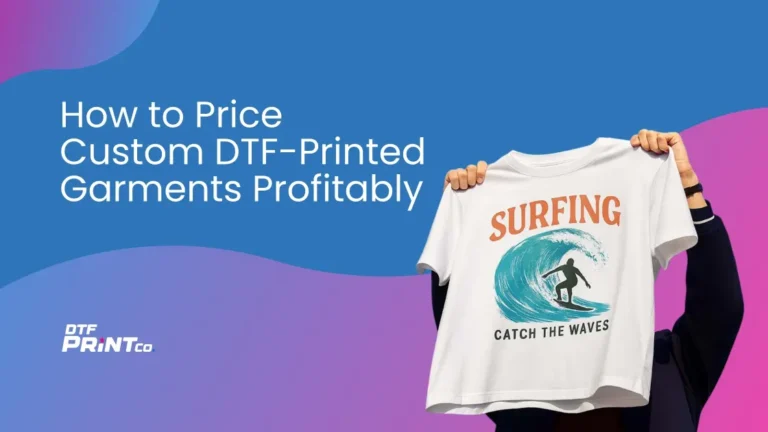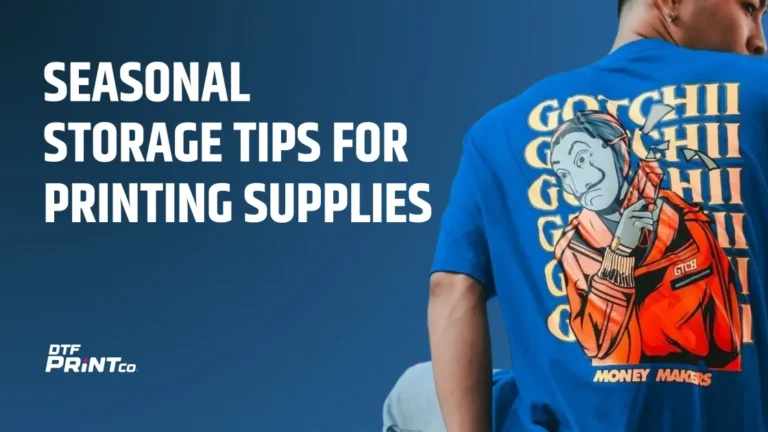Custom t-shirts are everywhere these days—from birthday parties to business promotions, school events to side hustles. And behind many of those vibrant designs? Heat transfers. Whether crafting for fun or turning a profit, the choice between DIY and premade heat transfers can shape your experience and results. Let’s break it down and see which route might be right for you.
What Are Heat Transfers, Anyway?
Before we get into comparisons, here’s a quick refresher. Heat transfers are images or designs printed on special transfer paper. When applied to fabric with heat (usually from a heat press or iron), the design adheres to the t-shirt. Simple enough, right?
But not all heat transfers are created equal. Professionals premake some you make yourself (DIY), and some. Each comes with its pros and cons.
The DIY Route: Crafting Your Heat Transfers
DIY heat transfers can be super rewarding, especially if you love hands-on projects or want to experiment creatively.
Pros of DIY Heat Transfers:
- Creative Control: You get to design whatever you want. Fonts, colors, layout—the sky’s the limit.
- Lower Cost (Initially): If you already have a printer and basic design software, your startup costs are pretty low.
- Fast Turnaround: No waiting for shipping. You can design and press your shirt in the same afternoon.
Cons of DIY Heat Transfers:
- Learning Curve: There’s a bit of trial and error. You might burn a few shirts (speaking from experience).
- Supply Costs Add Up: Ink, transfer paper, and test materials can get pricey over time.
- Printer Quality Matters: Not all printers are made for transfer work. Cheap inkjet printers might not give you great results.
Quick tip from my own mess-up: Always mirror your image before printing. I once made ten “Bride Squad” shirts with backwards text. Oops.
Best For:
- Hobbyists
- Small batch custom orders
- Crafty entrepreneurs just starting out
The Premade Option: Ready-to-Press Transfers
Premade transfers are professionally printed designs that you can apply at home with heat. You buy the transfer, apply it, and boom—custom shirt.
Pros of Premade Heat Transfers:
- Professional Quality: Colors are vivid, lines are crisp, and durability is often better than DIY.
- Time-Saving: No design, printing, or trimming. Just heat and press.
- Consistency: You get the same result every time—no surprises.
Cons of Premade Heat Transfers:
- Less Flexibility: You’re limited to the designs available, unless you order custom premade transfers.
- Higher Cost Per Piece: Especially if you’re ordering in small batches.
- Shipping Time: You’ll need to wait for your transfers to arrive unless you have a local source.
Best For:
- Small businesses with regular orders
- Events needing consistent results (like a school or team order)
- People who want pro results without investing in printing equipment
Side-by-Side Comparison Table
| Feature |
DIY Heat Transfers |
Premade Heat Transfers |
| Design Flexibility |
High |
Medium (unless custom-ordered) |
| Upfront Cost |
Low (if you have equipment) |
Medium to High |
| Learning Curve |
Steep |
Minimal |
| Time Investment |
High (design + printing) |
Low (just pressing) |
| Print Quality |
Varies by printer/paper |
Consistently high |
| Scalability |
Limited |
Excellent |
| Ideal User |
Hobbyists, beginners |
Small businesses, event planners |
So, Which One Should You Choose?
There’s no one-size-fits-all answer. It really depends on your goals, budget, and how hands-on you want to be.
- If you’re crafty, patient, and love learning by doing, DIY is an awesome way to start. You’ll have fun, learn a ton, and develop a skill you can grow.
- If you’re looking for speed, consistency, and professional results, premade transfers are your friend. Especially if you’re fulfilling orders or need a polished look.
Personal Take: Mixing Both Worlds
In my own t-shirt adventures, I actually started with DIY. I spent way too many nights tweaking fonts, sweating over my heat press, and learning what not to do. It was frustrating, sure, but I loved the process.
Eventually, though, I started getting more orders than I could handle solo. That’s when I discovered premade transfers. Game-changer. I could still design my own artwork, send it to a pro service, and just focus on pressing and shipping. Best of both worlds.
So, if you’re on the fence, don’t be afraid to try both! Start small. Experiment. Learn what works for you.
Final Thoughts
Whether you’re customizing shirts for fun or launching a business, heat transfers are a fantastic tool. DIY offers creativity and affordability, while premade brings speed and professionalism.
Ultimately, it’s not about picking the “better” method—it’s about finding what fits your style and goals. And hey, don’t be surprised if you start with one and end up doing both. That’s part of the fun.
(FAQ)
Can I use an iron instead of a heat press for DIY transfers?
Yes, but with limitations. While an iron can work for basic projects, it doesn’t provide the consistent heat and pressure a heat press does—meaning results might not last as long or look as polished.
What’s the best printer type for DIY heat transfers?
Inkjet printers are commonly used, especially with inkjet transfer paper. For high-quality results, a printer with pigment-based ink is recommended over dye-based.
How long do heat transfers last on t-shirts?
It depends on the method and quality. DIY transfers may fade after 20–30 washes, while high-quality premade transfers can last 50+ washes if cared for properly.
Can I wash shirts with heat transfers in the washing machine?
Yes—inside out, cold water, and gentle cycle. Avoid bleach, fabric softeners, and high heat drying to extend the life of the transfer.
Are custom premade transfers expensive?
Custom premade transfers are more costly per piece than DIY, but they save time and offer consistent, pro-level quality—especially when ordering in bulk.



